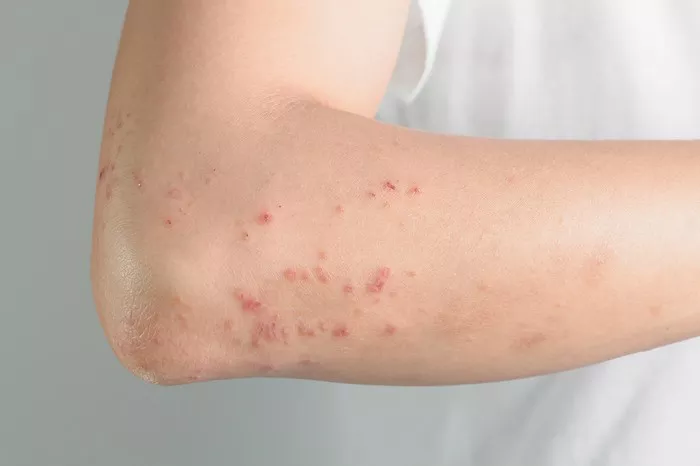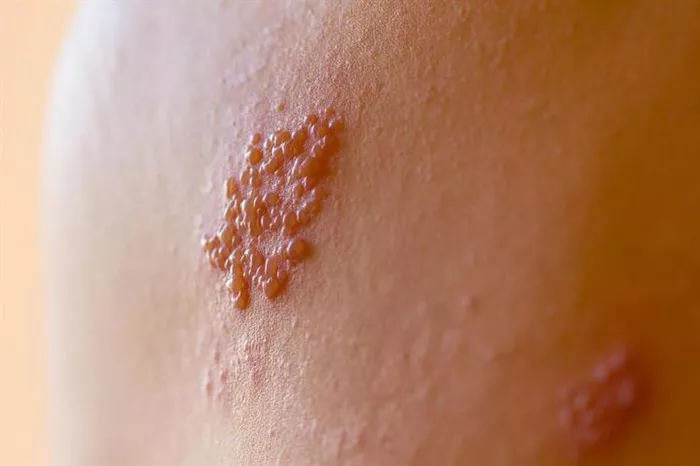Postherpetic neuralgia (PHN) is a painful condition that can occur after an individual has experienced a shingles infection. It is a type of nerve pain that continues even after the shingles rash has healed. The pain can be debilitating and affect a person’s daily life. In this article, we will explore whether PHN goes away on its own, the factors that contribute to its persistence, and the treatment options available to manage it.
What is PHN?
PHN is a complication that arises after a person has had shingles. Shingles itself is caused by the varicella-zoster virus, the same virus responsible for chickenpox. After chickenpox resolves, the virus remains dormant in the body’s nerve tissues. Later in life, the virus can reactivate, causing shingles, which typically manifests as a painful rash on one side of the body.
After the shingles rash heals, some people experience ongoing pain in the affected area. This pain is known as postherpetic neuralgia. It occurs because the varicella-zoster virus can damage the nerves, leading to long-term pain that can last for months or even years.
The Nature of PHN Pain
The pain caused by PHN is different from the typical pain people experience. It can include:
Burning Sensation: The pain can feel like a constant burning or stinging in the skin.
Sharp or Stabbing Pain: Some individuals may experience sharp, shooting pain that feels like an electric shock.
Sensitivity to Touch: Even light touch, such as clothing brushing against the skin, can cause pain. This is called allodynia.
Itching or Tingling: Some individuals with PHN report itching or a pins-and-needles sensation in the affected area.
This pain can interfere with daily activities, making it difficult to sleep, work, or even enjoy leisure activities.
Does PHN Go Away on Its Own?
For many people with PHN, the pain does eventually lessen over time, but it may not completely go away. Some individuals may experience relief within a few months, while others can suffer from chronic pain for years.
Short-Term PHN: In some cases, PHN lasts for only a few months. As the nerves heal, the pain may gradually diminish and eventually stop.
Long-Term PHN: In other cases, the pain may persist for years. For some people, PHN becomes a chronic condition, and the pain may fluctuate, with periods of worsening or lessening over time.
The duration of PHN largely depends on how severe the initial shingles infection was, the person’s age, and their overall health. Older adults are more likely to experience long-term pain, as their immune systems are less robust, making it harder for their bodies to recover from nerve damage.
Factors That Influence the Duration of PHN
Several factors can influence whether or not PHN will go away and how long it will last:
Age: People over 60 are more likely to experience longer-lasting PHN. As we age, our nerve tissues become more fragile and less able to heal, making the pain more persistent.
Severity of the Shingles Infection: The more severe the initial shingles outbreak, the greater the risk of developing PHN. If the shingles rash was widespread or particularly painful, there’s a higher chance of nerve damage, leading to chronic pain.
Timeliness of Treatment: Early treatment of shingles with antiviral medications can reduce the severity of the infection and may reduce the risk of developing PHN. Delayed treatment increases the likelihood of nerve damage.
Immune System Function: Individuals with weakened immune systems, such as those with HIV/AIDS, cancer treatments, or certain chronic illnesses, are at a higher risk for developing PHN. A compromised immune system may be less effective at healing nerve damage.
Nerve Damage: The extent of nerve damage caused by the shingles virus plays a significant role in the development and persistence of PHN. If the virus causes significant damage to the nerve fibers, the pain may continue long after the rash has healed.
Can PHN Be Prevented?
While it may not always be possible to prevent PHN, there are steps you can take to reduce your risk:
Shingles Vaccine: The shingles vaccine, such as the Shingrix vaccine, is the most effective way to prevent shingles and, by extension, PHN. It is recommended for adults aged 50 and older. The vaccine significantly reduces the risk of shingles and helps prevent the development of PHN in those who do get shingles.
Early Treatment of Shingles: If you develop shingles, prompt treatment with antiviral medications (like acyclovir, valacyclovir, or famciclovir) can help reduce the severity of the infection and the risk of developing PHN. The sooner these medications are started after the rash appears, the better the chances of reducing nerve damage and preventing PHN.
Pain Management During Shingles: Proper pain management during the shingles infection can also help reduce the chances of PHN. Medications like acetaminophen, ibuprofen, or prescription pain relievers can help control the pain, making the healing process more comfortable.
Treatment Options for PHN
Although PHN may not always go away on its own, there are several treatments available to help manage the pain and improve the quality of life for those affected. Some of the most common treatments include:
Medications for Nerve Pain:
- Anticonvulsants: Medications such as gabapentin or pregabalin are often prescribed to help reduce nerve pain. These drugs work by calming overactive nerve signals.
- Antidepressants: Tricyclic antidepressants like amitriptyline or nortriptyline are commonly used to treat nerve pain. These medications alter the way the brain processes pain signals.
- Topical Treatments: Lidocaine patches or capsaicin creams can be applied directly to the skin to relieve localized pain. Lidocaine works by numbing the affected area, while capsaicin reduces pain by depleting substance P, a neurotransmitter involved in pain signaling.
Pain Relief Devices:
- TENS (Transcutaneous Electrical Nerve Stimulation): This device delivers small electrical impulses to the skin, which can help reduce pain by interrupting pain signals sent to the brain.
- Electrical Nerve Stimulation (ENS): Similar to TENS, ENS uses electrical impulses to reduce pain, but it is applied directly to the nerve root.
Steroid Injections: In some cases, steroid injections may be used to reduce inflammation around the affected nerves. These injections can provide relief for several weeks, although they are not a long-term solution.
Physical Therapy: Physical therapy may help alleviate some of the discomfort associated with PHN. A trained therapist can help teach you gentle exercises to improve circulation and reduce pain sensitivity in the affected area.
Psychological Support: Chronic pain can take a toll on mental health. Seeking counseling or support from a therapist may help you cope with the emotional and psychological effects of living with PHN. Cognitive-behavioral therapy (CBT) has been shown to be particularly effective in helping people manage chronic pain.
Can PHN Be Cured?
Currently, there is no cure for PHN. The main goal of treatment is to manage the pain and help individuals regain a good quality of life. While the pain may lessen over time, some people may continue to experience discomfort, especially if they are older or had a severe shingles outbreak.
Conclusion
PHN does not always go away completely, but with proper treatment, the pain can be managed. For many people, the pain improves over time, but it may take months or even years to subside. Early intervention during a shingles outbreak, the use of pain management techniques, and lifestyle changes can help reduce the impact of PHN. If you suspect you have PHN or are experiencing persistent pain after a shingles outbreak, it is important to consult with a healthcare provider to explore your treatment options.
Understanding that PHN can be a long-term condition allows individuals to prepare and seek appropriate treatments to manage the pain effectively. While it may not always go away completely, with the right support, people can still lead active and fulfilling lives.
Related topics:


























